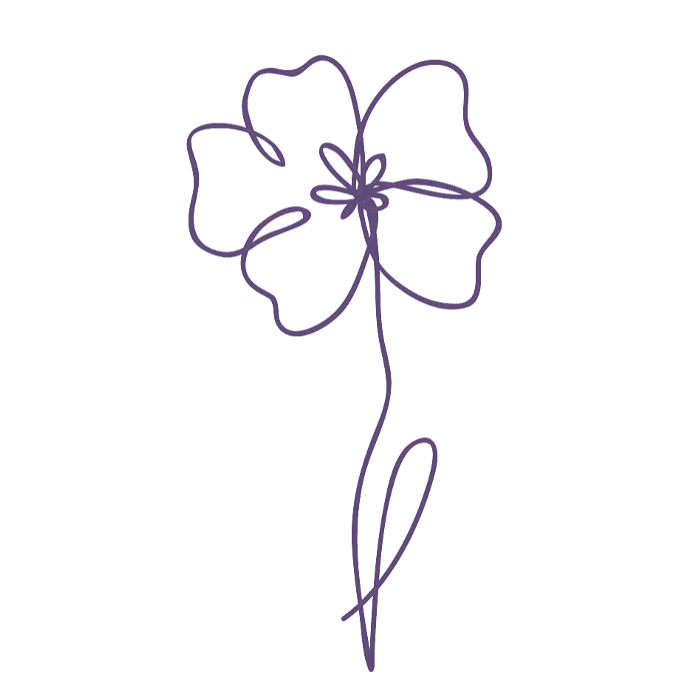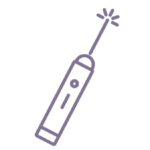
Urinary Incontinence
Urinary incontinence, which is common in women, is the loss of bladder control. This condition affects women’s general health and negatively affects their social life. Many women don’t want to talk about it because of shame. However, thanks to today’s treatment technologies, it is possible to treat this disease.
Urinary Incontinence Types
1. Stress Type Incontinence
It is the type that usually occurs in situations that increase internal abdominal pressure such as coughing, sneezing, and straining. The underlying cause is a pelvic floor disorder. Patients with stress incontinence benefit the most from laser or surgical treatments.
2. Urge (Overflow) Incontinence
Urge incontinence is also known as overactive bladder. In this type of urinary incontinence, the patient complaints about a sudden urge to urinate and usually cannot reach the toilet. They feel the urge to urinate frequently during the day and at night. Usually, there is an underlying reason such as a chronic disease or neurological condition. This patient group responds more to medical treatment.
3. Mixed Incontinence
Stress and Overflow incontinence diseases are observed together. The patient experiences urinary incontinence with coughing and sneezing, as well as a sudden urge to urinate. Treatment may require a combination of laser, surgery, and medical treatments.
Op. Contact Dr. Duygu Mutlu.
If you have complaints about urinary incontinence, contact us to diagnose the disease before it progresses and to determine the most appropriate treatment method for you.
Treatments Of Urinary Incontinence
If our women do not accept this disease as fate and consult a doctor for treatment, it will increase their quality of life many times over. They can regain their health in a short time with surgery or different laser treatments.



